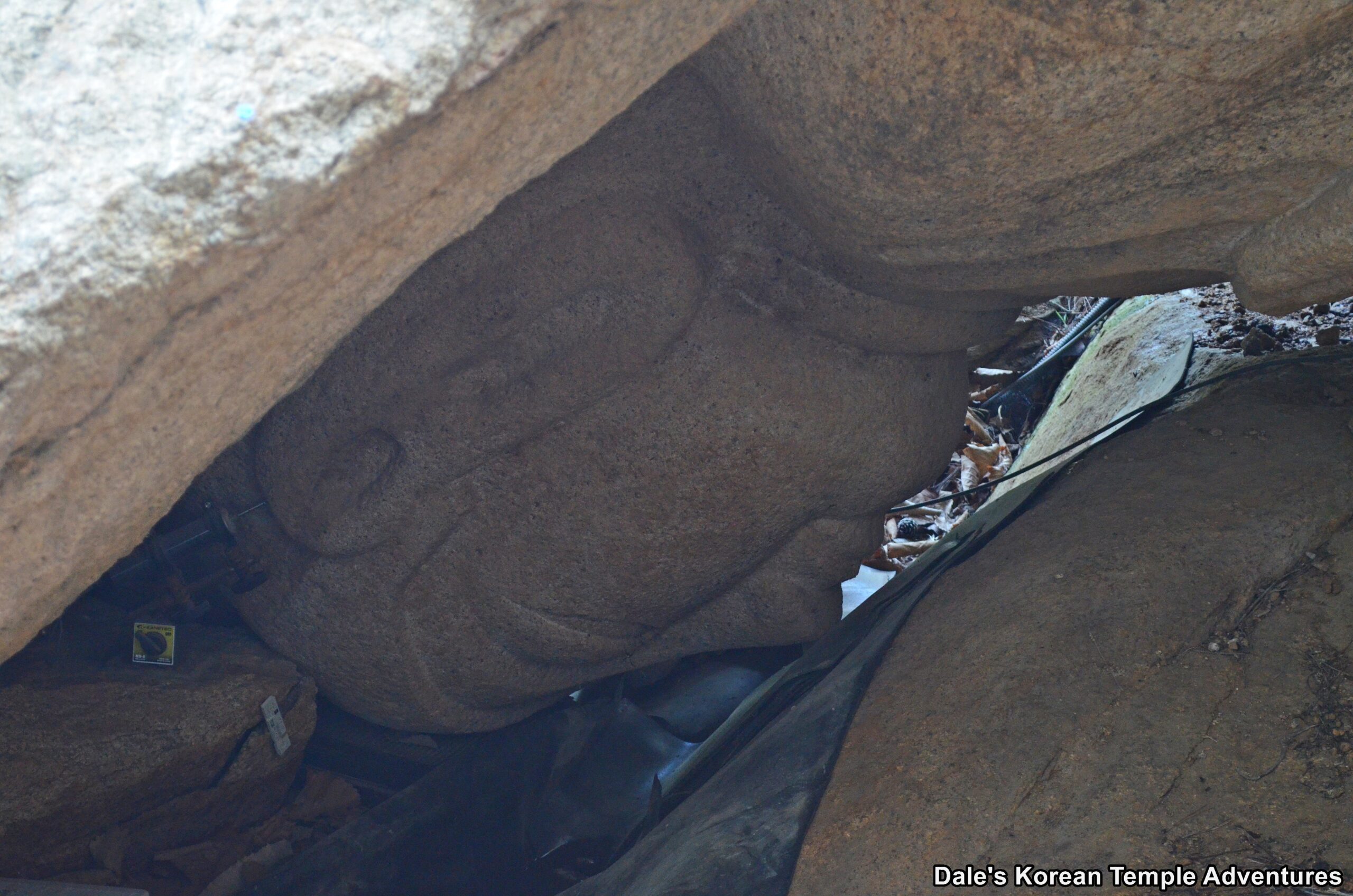
Valley Layout
The Yeolam-gok Valley is located on the southeastern side of Mt. Namsan (495.1 m) in Gyeongju. The Yeolam-gok Valley is probably one of the least traveled portions of Mt. Namsan, especially when you consider that the mountain is home to such highlights as Chilbulam Hermitage, the Samreung Valley on the west side of the mountain, Bucheobawi, Sambulsa Temple, the Yongjangsa-ji Temple Site, and numerous other sites. In fact, Mt. Namsan is home to some 122 temples and temple sites, 53 stone statues, 64 pagodas, 16 stone lanterns, 36 monuments, royal tombs and even a fortress. Of this total number, two of these amazing sites can be found in the Yeolam-gok Valley.
From the southern parking lot of Mt. Namsan, which belongs to the Gyeongju National Park, you’ll make your way up an 800 metre long trail. Eventually, you’ll come to a clearing to your right where you’ll find the “Stone Seated Buddha in Yeolam-gok Valley” and the “Maae-bul in Yeolam-gok Valley.” To gain access to this clearing, you’ll need to head north for about 50 metres. Eventually, you’ll find a pathway that leads you into this clearing.
In May 2007, a seated Buddha statue in Yeolam-gok Valley in the southern part of Mt. Namsan was discovered while the Gyeongju National Research Institute of the Cultural Heritage Administration, which is in charge of protecting and promoting Korean cultural heritage in Gyeongju, was repairing the neighboring “Stone Seated Buddha in Yeolam-gok Valley.” Imagine the surprise of the person who discovered this massive 70-ton, 6.2-metre-tall high-relief image of the Buddha. What’s even more surprising about this high-relief image is that it was discovered in a fallen position perfectly preserved coming to rest some 10 centimetres from having its entire face destroyed by the rocky ground below.
As to how the “Maae-bul in Yeolam-gok Valley” first came to fall, it was surmised that the statue was toppled by an earthquake. The Korean Peninsula is considered a stable location in comparison to neighboring countries like Taiwan and Japan. However, according to historical records, this certainly doesn’t preclude the Korean Peninsula from having its fair share of earthquakes. In fact, according to several historical texts like the Samguk Sagi, or “History of the Three Kingdoms” in English, there have been several destructive earthquakes in the region like those in 768 A.D., 779 A.D. and 1036. The last two earthquakes were especially destructive causing severe damage to historical sites like the famed Hwangnyongsa Temple pagoda and Bulguksa Temple, both of which are also located in Gyeongju. In fact, the 779 A.D. earthquake is well-documented in the Samguk Sagi. In this book, the destruction caused by this earthquake is described as, “About 100 people are killed and a number of buildings are destroyed by the earthquake.” It’s believed that this earthquake had a magnitude of 6.7 on the Richter scale.
Based upon the initial studies of the Yeolam-gok-ji Temple Site, it was determined that the “Maae-bul in Yeolam-gok Valley” fell between 1130 and 1370. What’s peculiar about this time frame is that no major earthquake is recorded to have taken place at this time. However, further studies have revealed that the earthquake that detached the “Maae-bul in Yeolam-gok Valley” from its rock face had a 6.4 magnitude and hit the region in 1430. This then resulted in the statue falling and rotating 20 degrees clockwise and sliding several meters from its original position. Eventually, it would come to rest on a 45-degree slope some 800 metres up the Yeolam-gok Valley, miraculously still intact. And because of the way it fell, it had been perfectly preserved some 10 centimetres from the rocky ground.
As for the artistic style of the “Maae-bul in Yeolam-gok Valley,” it goes a long way in determining just how old it might be. Things that are typically considered are the carving style, the facial features and the clothing depicted when determining the age of a statue or relief. All three together help formulate a date for the relief’s construction. And with all this in mind, the “Maae-bul in Yeolam-gok Valley” was determined to have been first constructed around the late eighth century.
To further emphasize this destructive point of the earthquakes in the region, the previously mentioned “Stone Seated Buddha in Yeolam-gok Valley” was also completely destroyed by an earthquake. This statue is located some 20 metres to the north of the “Maae-bul in Yeolam-gok Valley.” The stone seated statue of the Buddha is about three metres in height, and it dates back to around the eighth or ninth century, which is around the same time that the “Maae-bul in Yeolam-gok Valley” is thought to have been first constructed. In 2005, some two years before the discovery of the “Maae-bul in Yeolam-gok Valley,” the head of the statue was located in the lower part of the valley. And after the head was rediscovered, the rest of the statue, nimbus and pedestal stone that had fragmented upon their falls, were placed upon a newly built pedestal. While the “Stone Seated Buddha in Yeolam-gok Valley” isn’t as perfectly preserved as the “Maae-bul in Yeolam-gok Valley,” both are now together, once more, on the Yeolamgok-ji Temple Site.
What makes this situation and this newly discovered high-relief even more interesting is the proposal to have it re-erected. The Jogye-jong Order, which is the largest Buddhist order in Korea, announced in January, 2023 that it had the intention of resurrecting the newly discovered treasure. The Gyeongju National Research Institute will be in charge of this project, which is expected to be completed sometime in 2025. But before this can be done, continued examination of the site, as well as numerous computer simulations, need to be completed in order to locate the perfect new location for the resurrected statue so as to avoid its former fate. The one major hitch is that a statue of such size and enormity has never been moved before, and the statue already displays some signs of cracking from its original fall.
How To Get There
You’ll first need to take a taxi from the Gyeongju Intercity Bus Terminal to the southern parking lot of the Gyeongju National Park for the Yeolam-gok Valley. The taxi ride should take about 20 minutes, or 17 km, and it’ll cost you around 20,000 won (one way). From the northern part of the upper parking lot, you’ll see a trailhead with a brown trail marker that reads “Seated Stone Buddha Statue of Yeoramgok.” Follow this trail for 800 metres until you come to the clearing that houses both the “Maae-bul in Yeolam-gok Valley” and the “Stone Seated Buddha in Yeolam-gok Valley.”
Overall Rating: 6/10
The “Maae-bul in Yeolam-gok Valley” is definitely one of the more peculiar things you’ll find anywhere in Korea. Just ten centimetres of space spared us this beautiful treasure. And for now, it remains tipped over; however, it appears as though it won’t stay this way for much longer. So if you want to see something a little different, and alongside the “Seated Stone Buddha Statue of Yeolam-gok,” you definitely need to make your way up the south side of Mt. Namsan and the Yeolam-gok Valley. It’s definitely one of the underappreciated places on Mt. Namsan in Gyeongju.

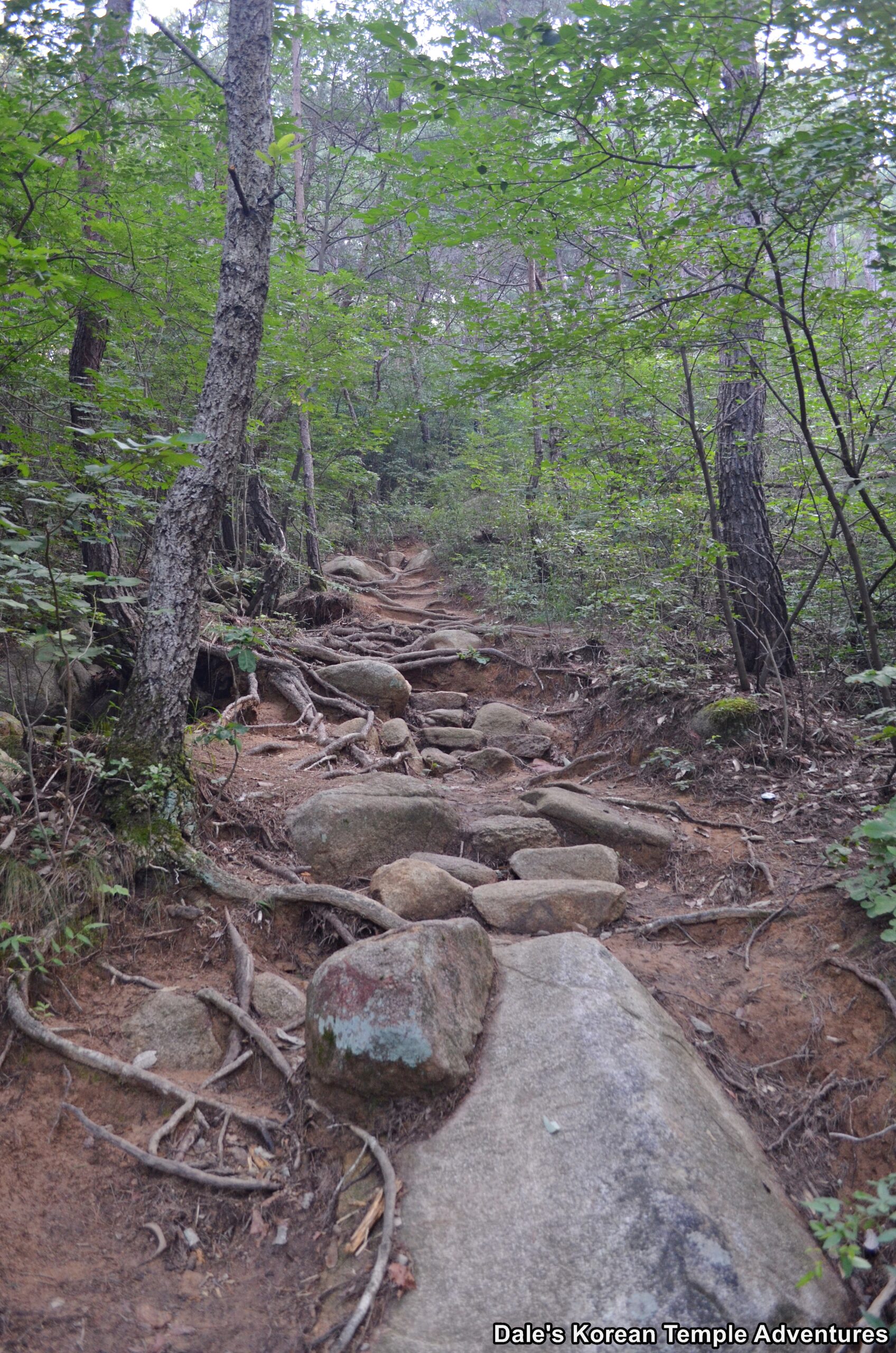
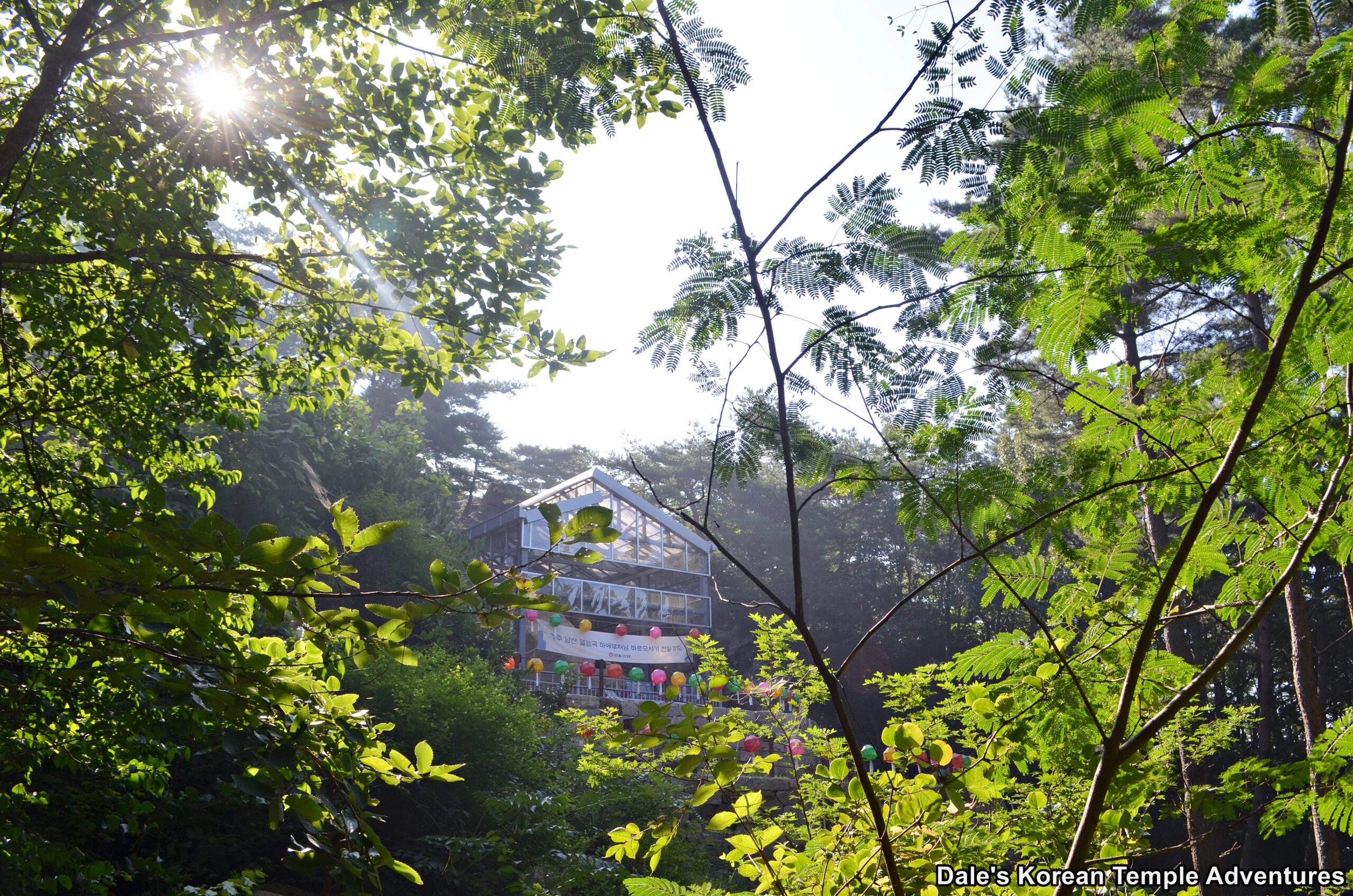

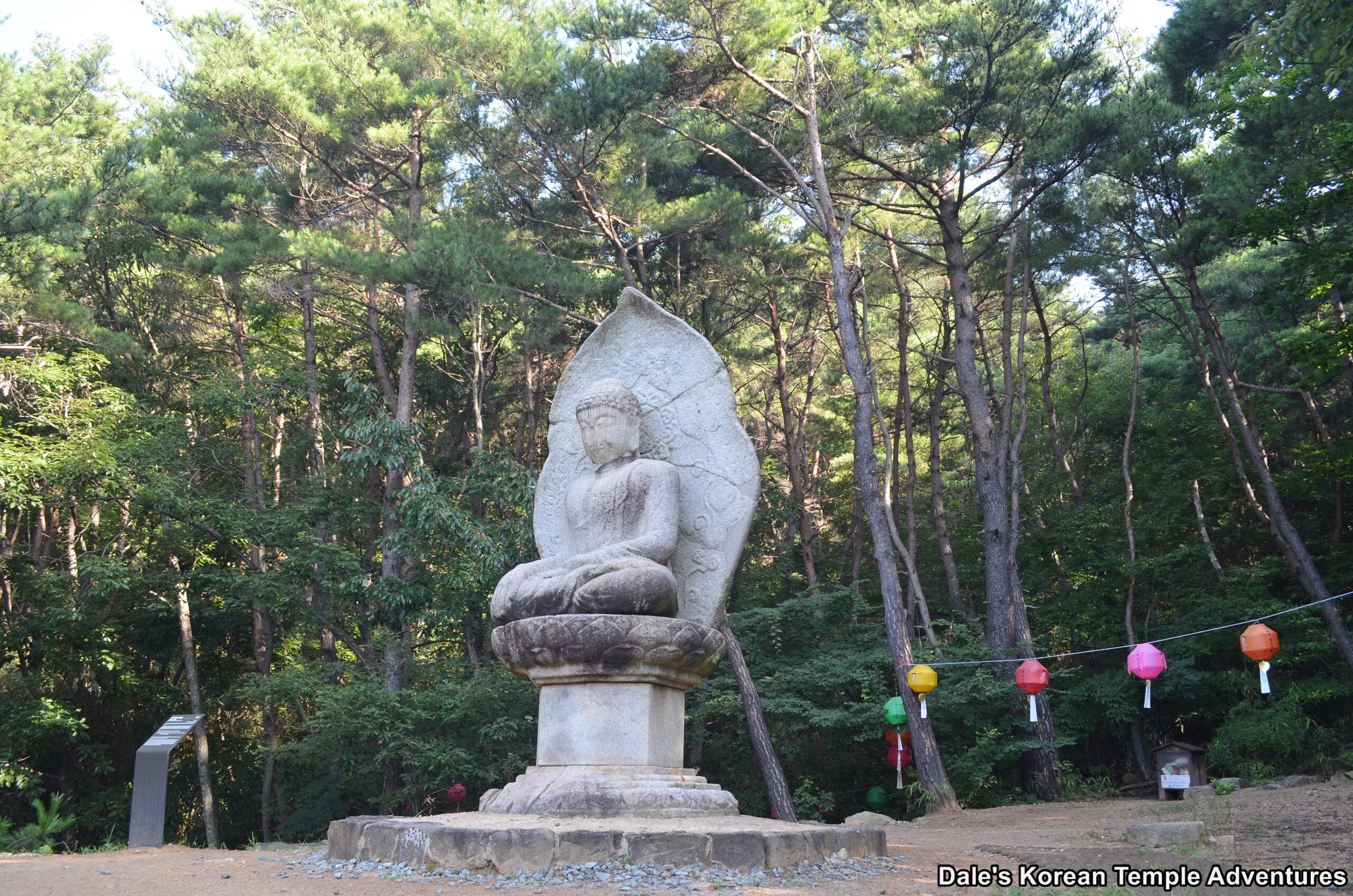
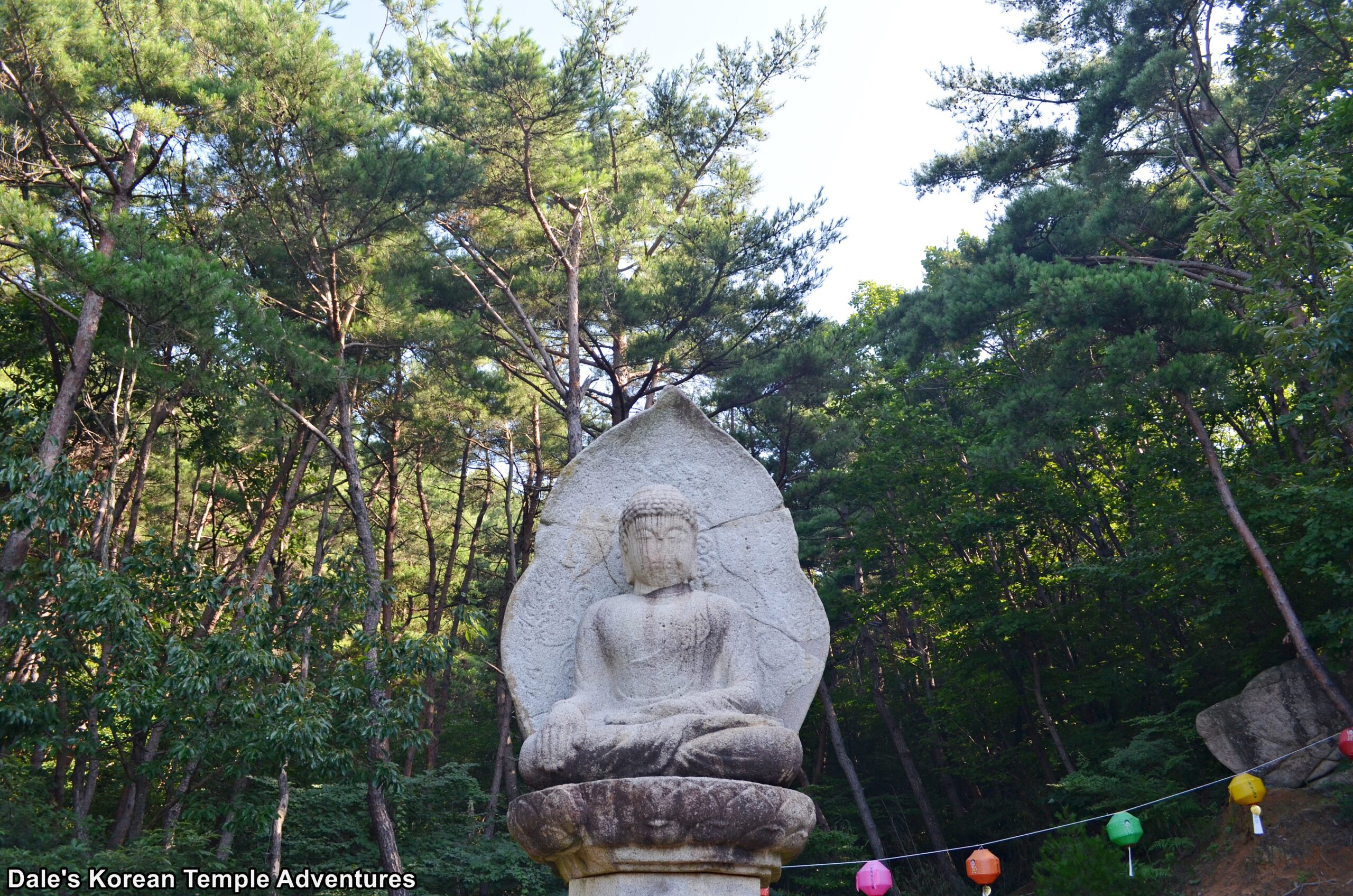
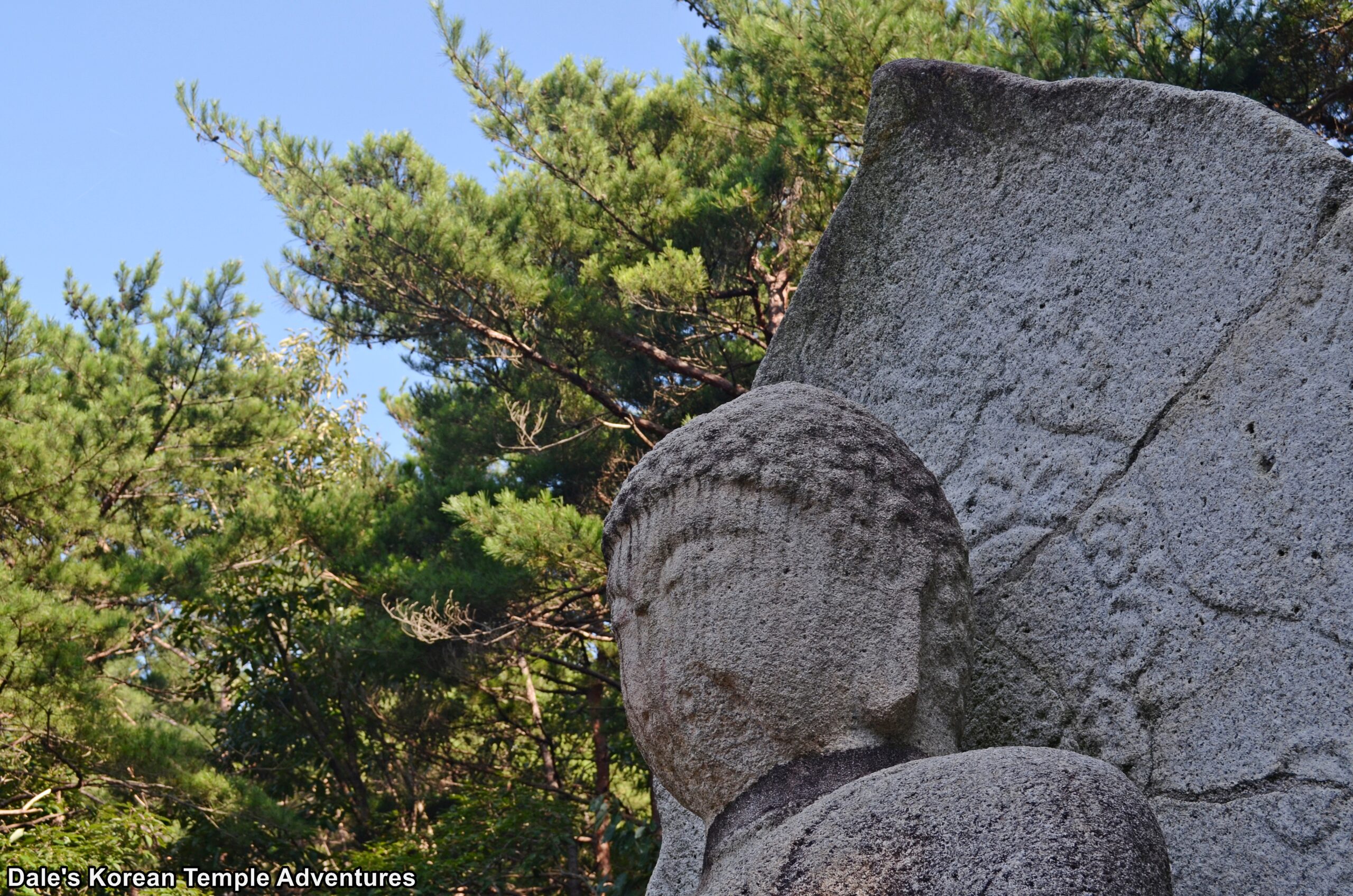

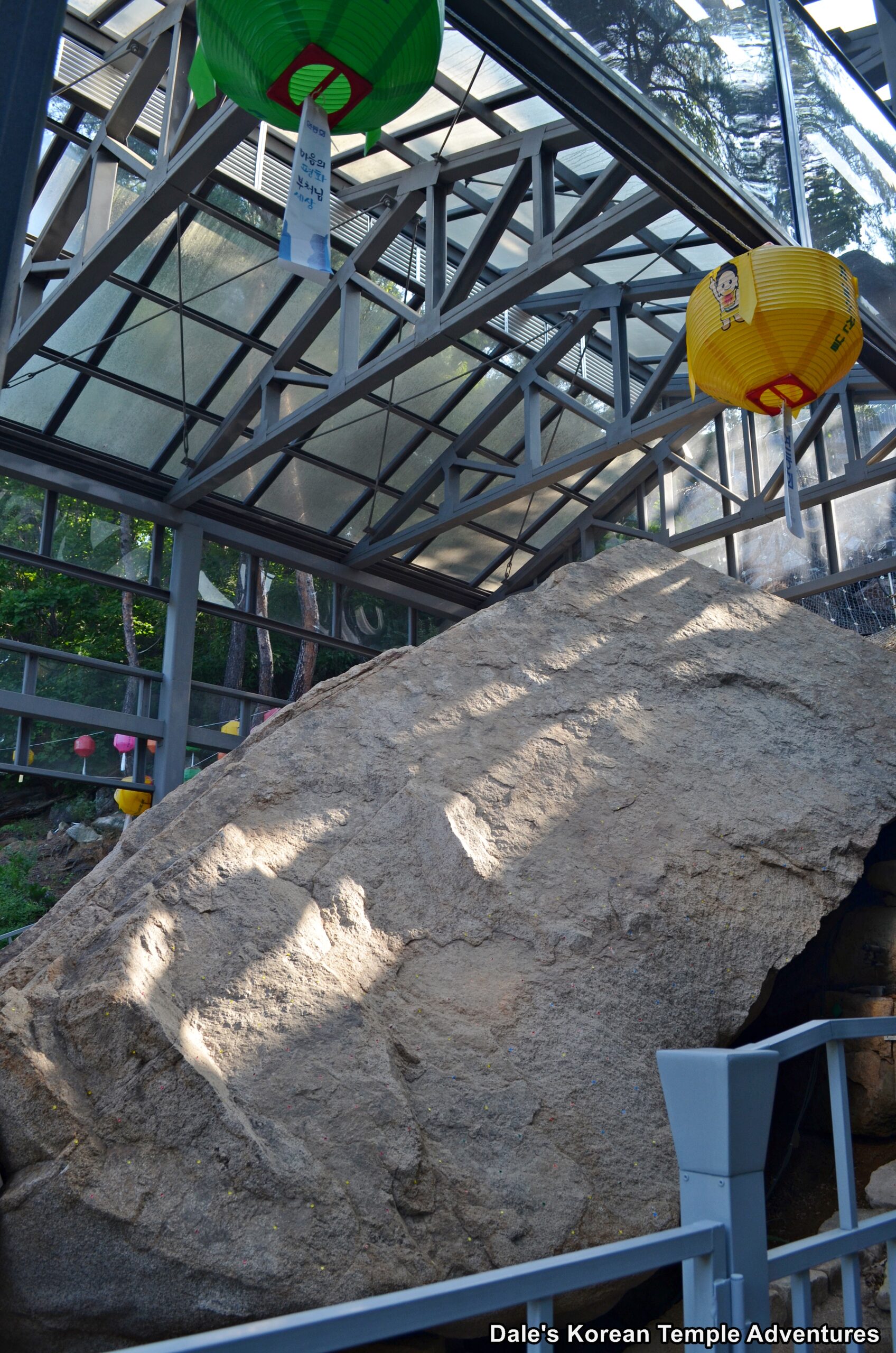
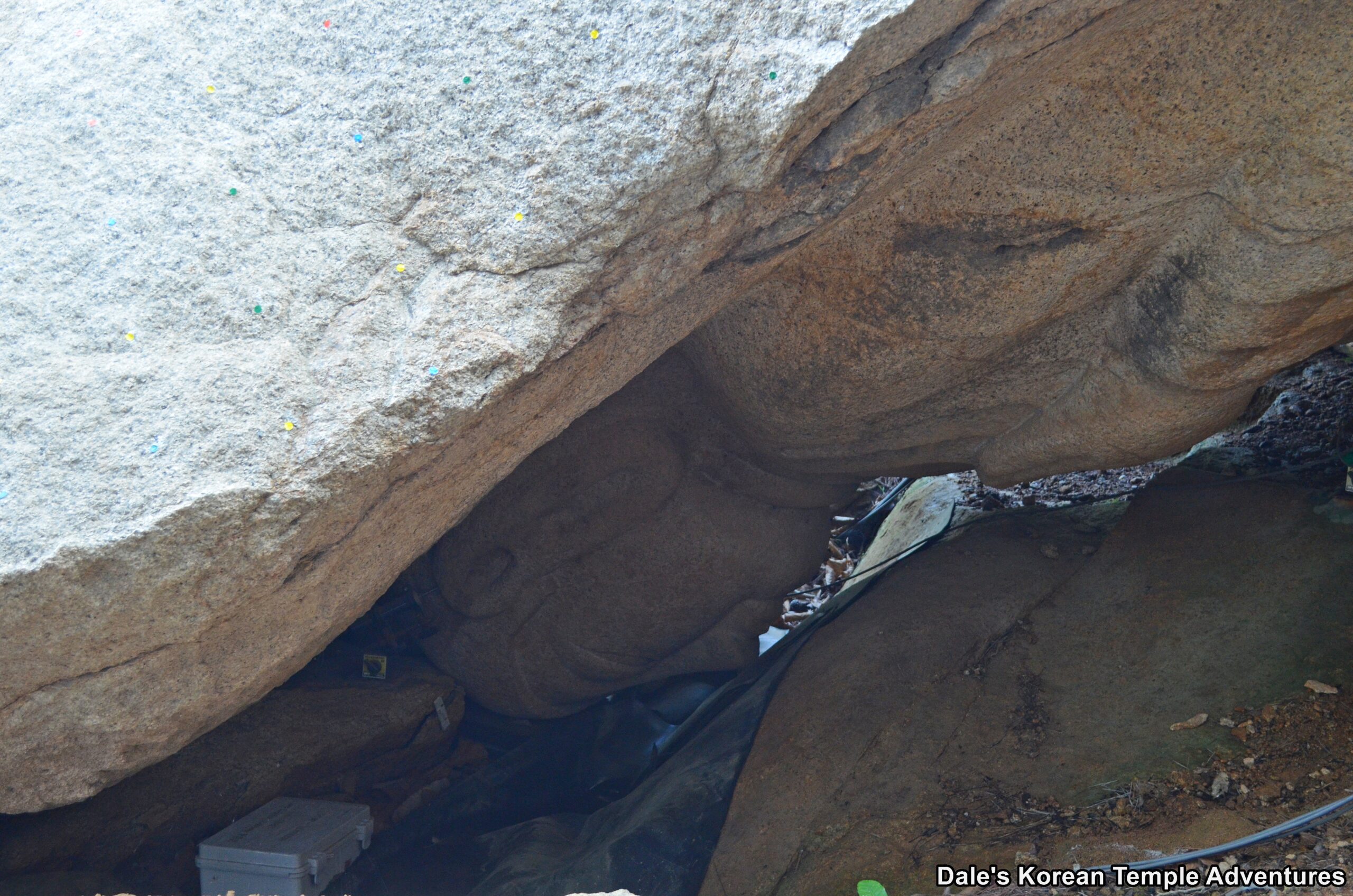
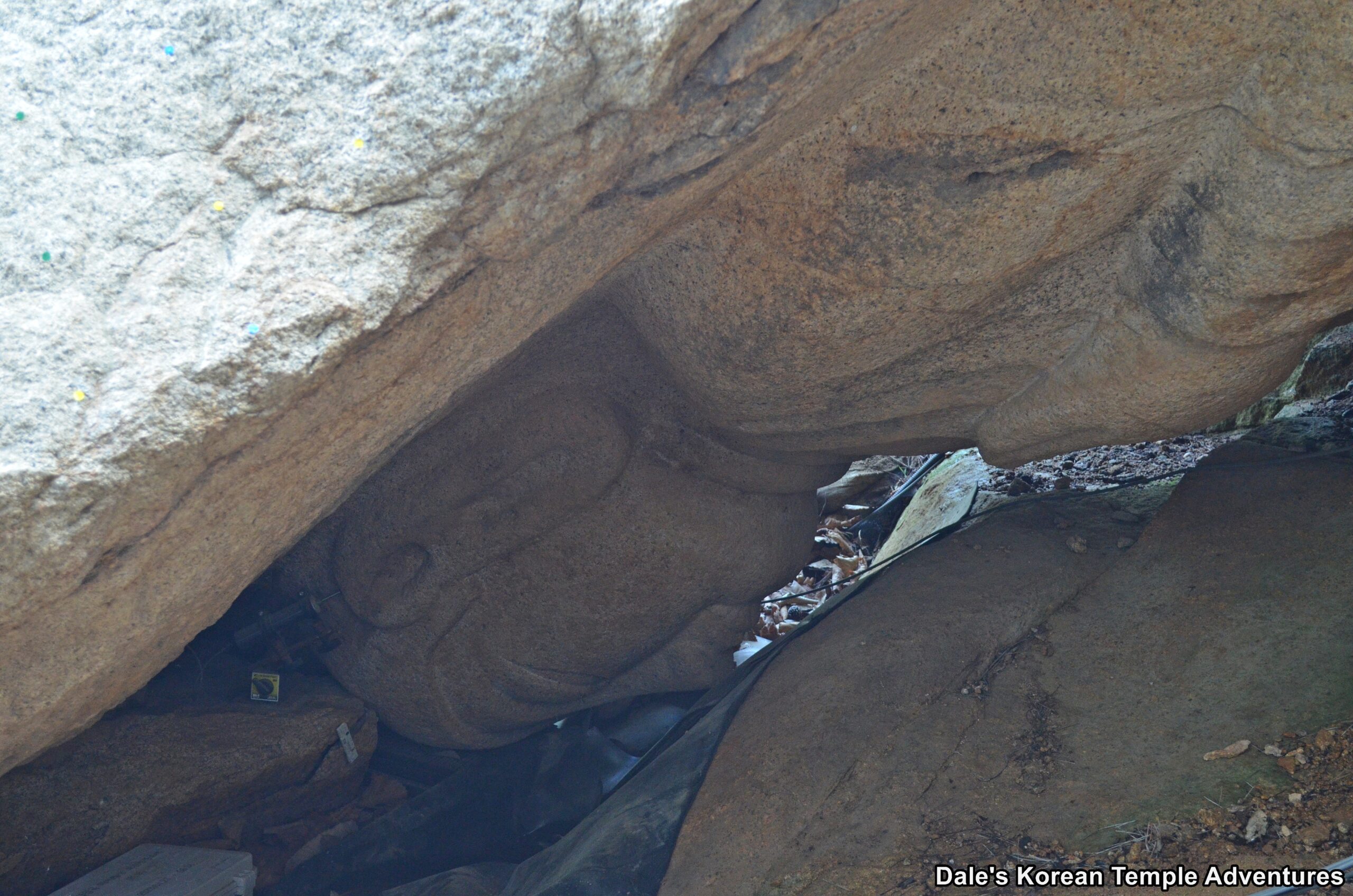



Recent comments